California Rivers And Lakes
California has several important rivers that provide water supply, agriculture, and recreation.
Sacramento River
The Sacramento River is a major California river that flows south through the northern Central Valley. Facts about the Sacramento River:
- It is the largest river in California, spanning over 300 miles.
- The river provides irrigation for farms in the Central Valley, an important agricultural region.
- Major reservoirs along the river include Shasta Lake and Lake Oroville.
- The Sacramento flows through the city of Sacramento, the state capital.
Colorado River
The Colorado River forms the southeast border between California and Arizona. Details about the Colorado River:
- It flows over 1,400 miles to the Gulf of California, draining parts of 7 U.S. states.
- The river fills Lake Havasu on the border and flows through the Imperial Valley.
- Dams on the Colorado River like Hoover Dam provide water supply and hydroelectricity.
- The All-American Canal delivers Colorado River water to California's Imperial Valley.
Klamath River
The Klamath River runs from Oregon through northwestern California. Notable facts:
- It flows over 250 miles and drains a large basin before reaching the Pacific Ocean.
- The river supports important salmon runs and fishing activity.
- Dams along the Klamath generate hydroelectric power but disrupt ecosystems.
Major Lakes in California
Some of California's most important lakes are:
- Lake Tahoe: Located on the Nevada border, known for its clear water and scenic views.
- Mono Lake: An alkaline lake in eastern California that is a vital bird habitat.
- Clear Lake: The largest natural freshwater lake fully in California.
- Salton Sea: A large shallow saline lake in the desert southeast of Los Angeles.
California's major rivers and lakes are essential sources of water in the state's arid climate while supporting agriculture, ecosystems, and recreation.
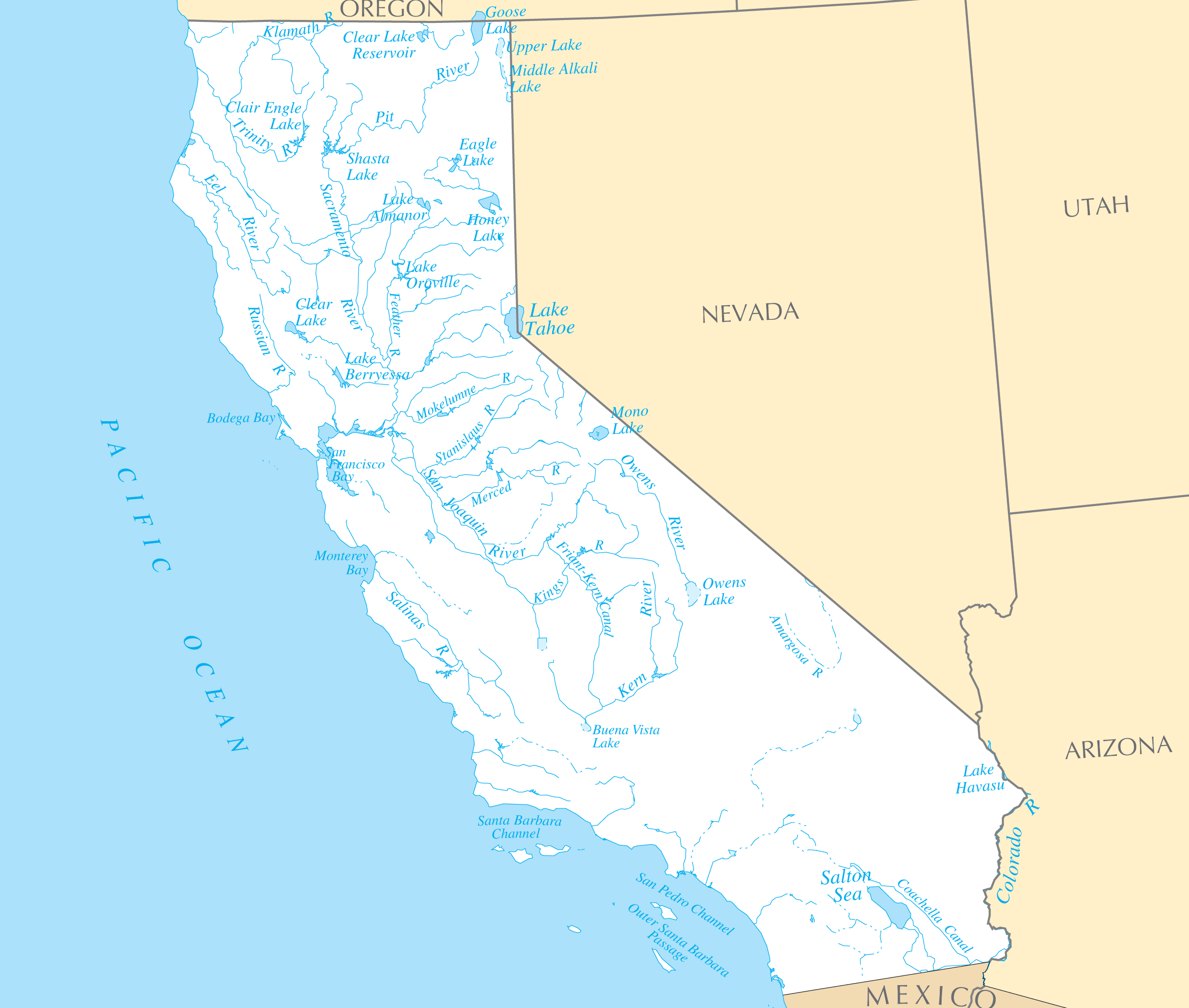
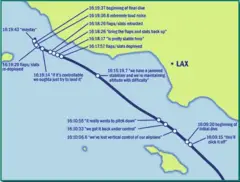
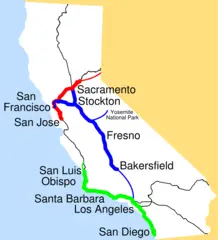
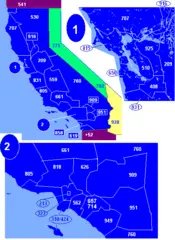
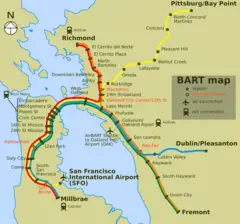
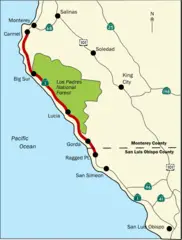
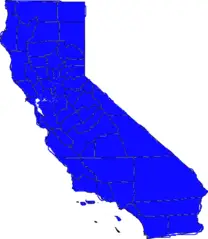
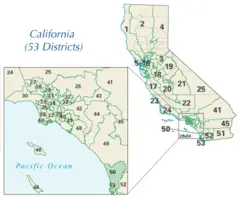
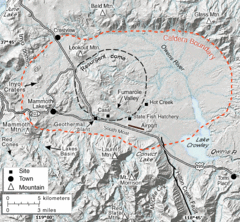
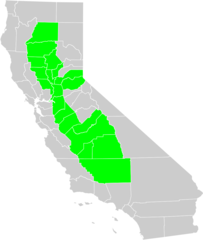
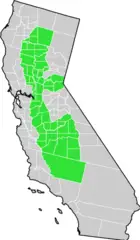
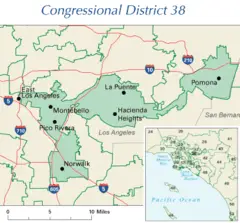
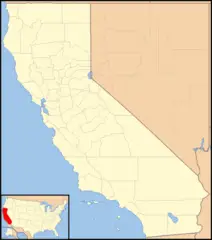
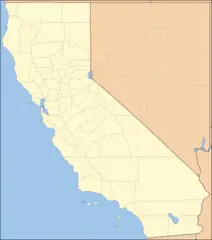
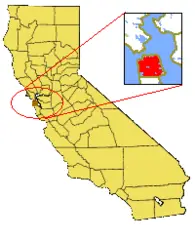
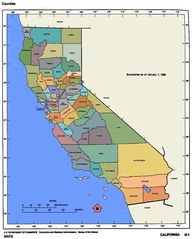
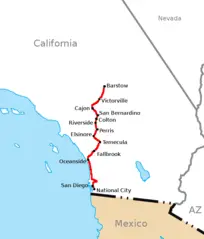
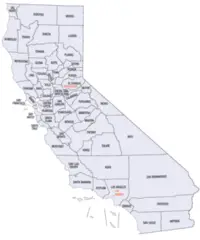
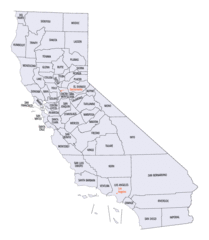
.png)
.png)
.png)
.png)
.png)
.png)
.png)
.png)
.png)
.png)
.png)
.png)